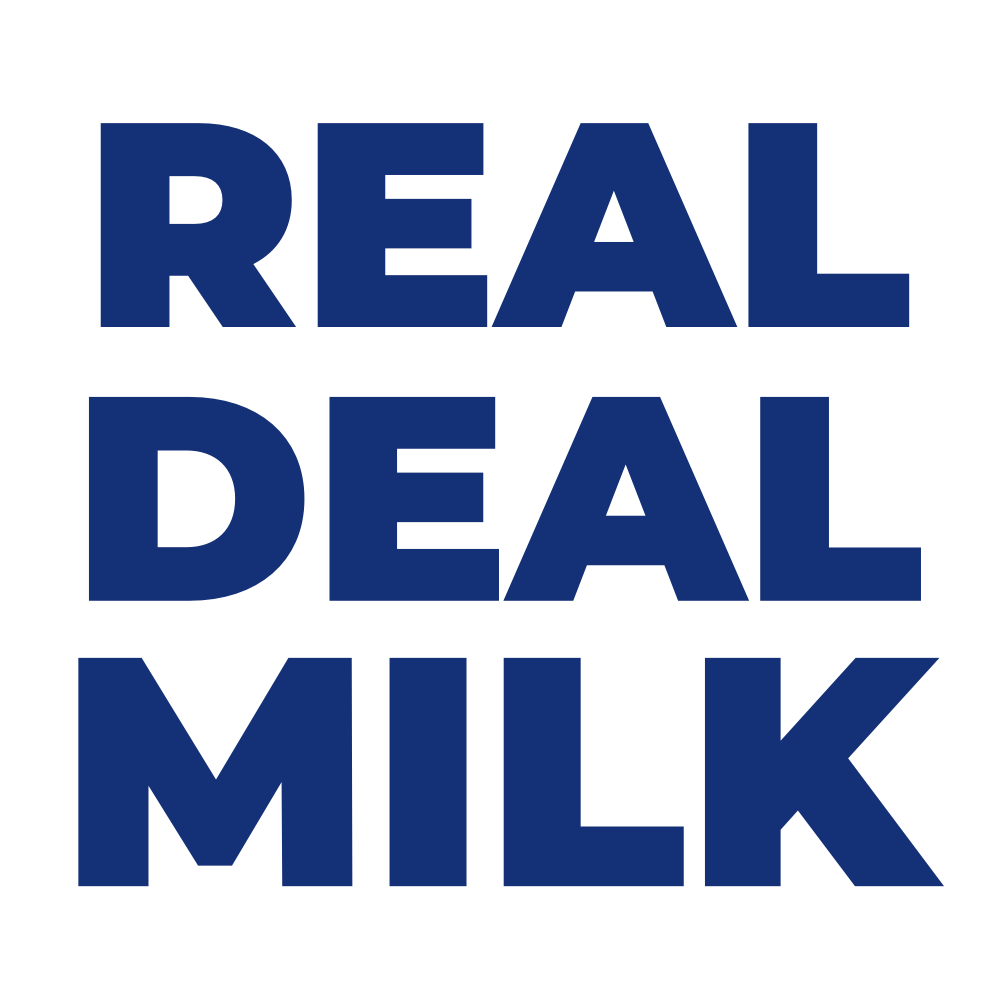The wonderful and wacky future
Think decadent, delicious and darn right cool.
The future food landscape holds exciting possibilities, and cellular agriculture is making its mark with some of the wildest foods to come. We’re talking; milk from a giraffe, steak from extinct animals, personalised proteins. The future will be filled with new, adventurous foods, all thanks to advancing technologies.
With our food production system in dire need of change, we turn to technology once again for answers. The technology is ready for it, and the demand is there. RethinkX (2019) predicts that by 2030 the demand for cows will have fallen 70%, with chicken, pig and fish following a similar downward spiral. This opens up a massive space for new alternatives to thrive, providing sustainable and efficient replacements to traditional protein sources.
Currently in creation
Start-ups across the globe are bursting with exciting creations to fill the future food landscape. Some pretty cool ideas will be hitting the market within the next few years.
Cellular agriculture will be stocking the shelves with the well-loved basics that feature on our weekly shopping list: meat, tick, fish, tick, dairy, tick, eggs, tick—allowing consumers to obtain a more sustainable food shop day to day.
However, cellular agriculture is going above and beyond to create various products, from Spiber, who use precision fermentation to produce spider silk, to Biomilq, which cultivates mammary cells to make breast milk. The depth of this field is vast.
These technologies are also being used for delicacies currently acquired at great lengths. For example, Gourmey is making cellular agriculture foie gras, and with many meat-eaters flinching at the method of producing this French delicacy; using cellular agriculture allows the food to exist completely cruelty-free. Another start-up, Cultured Decadence, is cultivating wild lobster, and this one doesn’t come with the mess, struggle and waste of the lobster shell.
What does the future hold?
Pick an animal, any animal (even extinct)
Why stop at foods we’ve already tried?
We’ve cracked cellular agriculture and opened up our recipe collection to foods never tasted before. For example, we could make meat or produce milk from any animal on the planet without doing them a spec of harm. Ever wondered what the milk from a zebra tastes like? With precision fermentation, all we need is the zebra’s DNA, and we’re away, producing milk from an animal we would never dream of milking.
If you think that’s wild, it gets better.
We can produce animal protein from extinct animals. Humans have preserved the DNA of many extinct animals, allowing us to utilize that DNA and produce proteins replicating those found in animals that lived thousands of years ago. Start-up, Geltor, has done just that. They took the genome of the extinct mastodon (collected from their icy graves), and used precision fermentation to create mastodon collagen, turned it into gelatin, and used it to make not gummy bears but gummy elephants (unfortunately, mastodon moulds are a little harder to come by)(Tech Crunch. 2018). Representing the potential of bringing proteins from extinct animals back into the world.
Another option; we make up a new animal entirely. Unicorn meat, dragon meat, we don’t have to stick genomes already out there; we can make up our own!
Home brewed meat
Alongside the coffee machine, you’ve got a protein maker.
Paul Shapiro, the author of Clean Meat, predicts that you will be able to purchase tea bags made of stem cells that you put into your kitchen meat maker to brew for a few weeks (Red to Green. 2020)—allowing consumers to grow their own artisanal meat. Think of the respect you would gain at a dinner party having brewed the meat yourself! What’s more, you don’t have to stick to just one species; you can mix them up, make your own concoction.
Restyle your protein
With cellular agriculture, the control of protein products is at our fingertips. We can update or modify these proteins to meet precisely the properties we desire.
A key focus here will be nutrition. As well as avoiding all of the nasty bits that come with meat, such as saturated fats, we can also add desirable nutrients. For example, many people don’t obtain enough fibre in their diet, so we can pop it into our protein sources. Or, if the population is struggling to meet a micronutrient intake, we can add it to our alternative protein. We could even personalise the protein to individuals nutritional needs.
Imagine you could take a lean protein like chicken, add in some fibre, vitamin D and omega-3 fatty acids, and voila you have massively boosted the nutritional profile.
Cellular agriculture is opening an entirely new chapter in the food sphere. With its sustainablity benefits, it already wins the hearts of many. Yet, with the possibility of utilising this technology to explore wholly new and unusual foods, it becomes even more fascinating. We cannot wait to see what cellular agriculture will be serving up in the future.
References
Biomilq. https://www.biomilq.com/
Cultured Decadence. https://www.cultureddecadence.com/
Gourmey. https://gourmey.com/
RethinkX. 2019. Food and agriculture report. https://www.rethinkx.com/food-and-agriculture#food-and-agriculture-download
Red to Green. 2020. Podcast. https://redtogreen.solutions/se1-cultivated-meat-season/
Spiber. https://www.spiber.inc/en/
Tech Crunch. 2018. Making mastodon gummies, Geltor is recreating a truely paleo diet. https://techcrunch.com/2018/03/12/making-mastodon-gummies-geltor-is-recreating-a-truly-paleo-diet/




